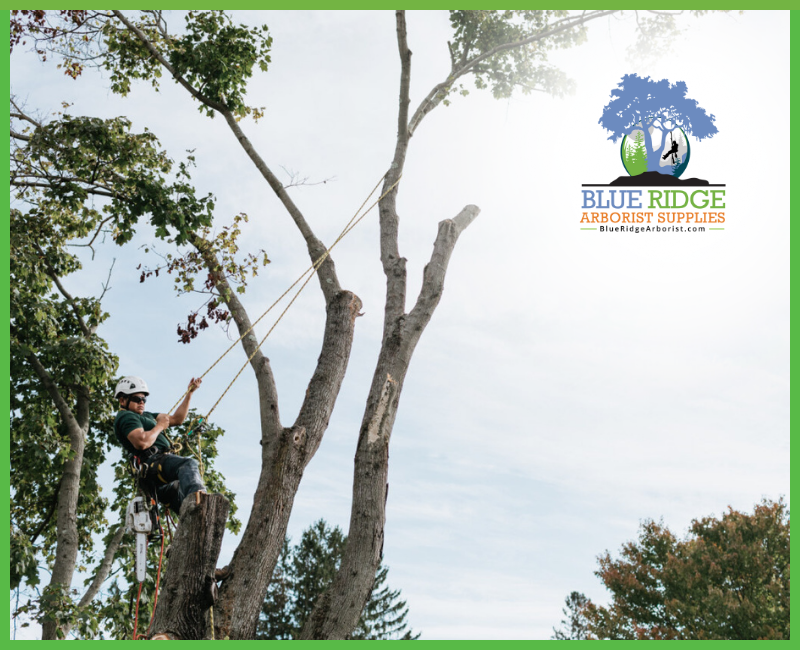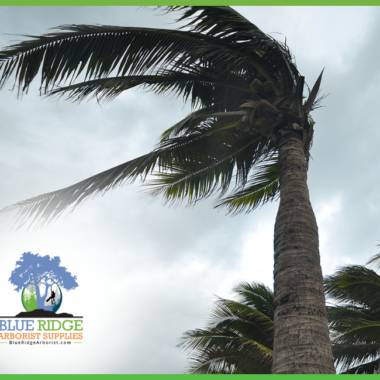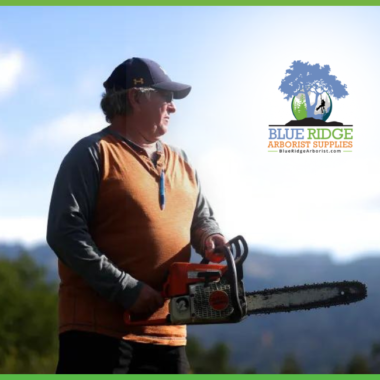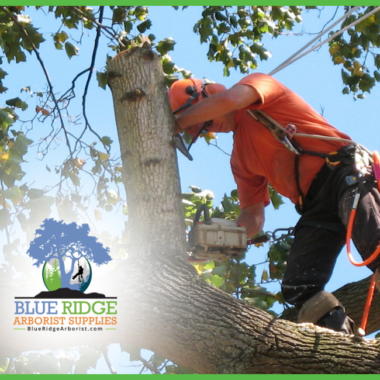Pruning is a vital aspect of tree maintenance that can help keep your trees healthy and enhance their appearance. Pruning involves removing specific parts of the tree, such as branches, to maintain the tree’s shape, control its size, and remove diseased or damaged parts. Below you can find an in-depth overview to pruning and various pruning techniques. Which ones do you prefer?
Proper tree pruning is an art based on scientific principles of plant physiology. At its most basic level, pruning trees involves removing damaged, dead or structurally weak limbs, which will improve a tree’s health and reduce the chances of personal or property damage caused by falling limbs. More advanced pruning methods aid in improving the tree’s structure and long-term health.
There are four basic methods for tree pruning:
- Clean: Selective pruning to remove one or more of the following parts: dead, diseased, and/or broken branches. This type of pruning is done to reduce the risk of branches falling from the tree and to reduce the movement of decay, insects and diseases from dead or dying branches into the rest of the tree. Cleaning is the preferred pruning method for mature trees because it does not remove live branches unnecessarily.
- Thin: Selective pruning to reduce density of live branches. Thinning trees reduces the density at the edge of the crown, not the interior, which increases sunlight penetration and air movement.
- Raise: Selective pruning to provide vertical clearance. Crown raising shortens or removes lower branches of a tree to provide clearance for buildings, signs, vehicles, pedestrians, and vistas.
- Reduce: Selective pruning to decrease height and/or spread. This type of pruning is done to minimize risk of failure, to reduce height or spread, for utility line clearance, to clear vegetation from buildings or other structures, or to improve the appearance of the plant. Not all tree and shrub species can tolerate reduction pruning, so the species and plant health should be considered.
There are also certain pruning practices that are not acceptable and can injure trees:

- Topping: The reduction of a tree’s size using cuts that shorten limbs or branches back to a predetermined crown limit, often leaving large stubs.
- Lion’s Tailing: The removal of an excessive number of inner branches from the tree.
- Rooster-Tailing: The over-thinning of palms by removing too many lower fronds. See image at left.
An understanding of the end goals lie at the heart of good pruning. Before beginning work, it is imperative that your plans include the objectives of pruning, the pruning types to be used, the size range of branches to remove, the percentage of live crown to be removed, and the location of branches.
Consider consulting a professional arborist or tree care company familiar with proper pruning and the need for written specifications, especially if the tree is large or potentially unmanageable. Arborists and tree care companies should prune according to the American National Standards Institute standard.
Purchase top-quality arborist equipment for your tree pruning needs at Blue Ridge Arborist. As your go-to arborist equipment store, we offer a wide range of tools and supplies to help you properly maintain your business. Shop with us today at 540.485.4235 or find us on Facebook. Join our Facebook group here to get a lead on specials.
Reference: [https://treecaretips.org/pruning-methods/pruning/]










